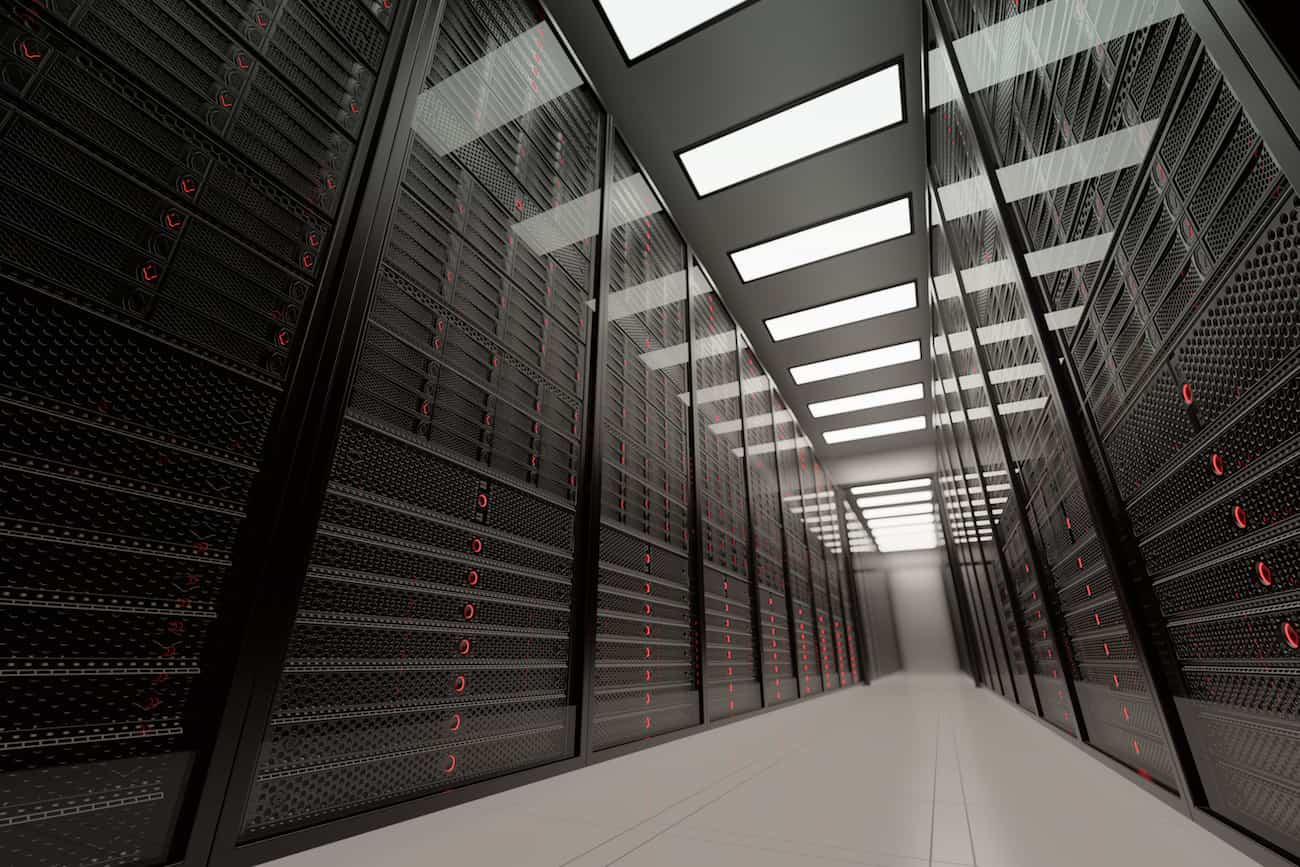A warmer world will impact the resilience of data barns, warn consultants
More than half of the world’s major data centers face increasing risks due to rising global temperatures, according to new research that highlights concerns about the future of critical digital infrastructure for modern businesses.
The Silent Threat of the Climate Crisis
56% of the top 100 data centers worldwide are already in the “high” or “very high” risk category for cooling degree days—a metric measuring how often temperatures surpass thresholds that trigger cooling requirements. Maplecroft, a risk analysis firm focused on global business and investor impacts, projects a troubling outlook: under a high-emission scenario, this percentage will rise to 68% by 2040 and 80% by 2080.
This research comes at a particularly opportune moment, as large parts of Europe continue to endure record-breaking heatwaves, though its conclusions mainly focus on the end of this decade and beyond.
The Cooling Challenge: A Race Against the Clock
Data centers, colloquially known as “bit barns,” are experiencing unprecedented pressure. Approximately three-quarters of the world’s data centers will face significant and growing cooling demands over longer periods each year, leading to increased water use, energy consumption, and operational costs.
The numbers are stark: the top 100 data centers are expected to see an average increase of 83% in cooling degree days between 2030 and 2080. This isn’t just a statistical observation; it has tangible, real-world implications for global business operations.
Heatwaves already pose a significant risk. During extreme temperature peaks, operators may be forced to shut down servers to prevent overheating damage, causing service disruptions. In 2022, summer heatwaves in the UK and the US caused several data centers to disconnect, disrupting cloud-based businesses.
The Water Crisis: An Increasingly Scarce Resource
Water has become a critical element for these centers’ operations. A medium-sized data center uses about 300,000 gallons (roughly 1.4 million liters) of water daily, and these demands will escalate as temperatures rise.
The situation worsens when considering the geographical distribution of the problem. By 2030, 52% of global data centers will be categorized as facing “high” or “very high” water stress risk, based on the Water Stress Index, which assesses total water use relative to annual available flow. By 2050, this figure is projected to rise to 58%.
Geography of Risk: Global Hotspots
The research uncovers concerning geographic patterns. Under the SSP5-8.5 scenario, all data centers in Asia-Pacific and the Middle East fall into the “high” or “very high” risk categories by 2040. In North America, the percentage of data centers in the highest risk categories will increase from 55% today to 71% in 2040 and 90% in 2080.
Most vulnerable cities include Abu Dhabi, Dubai, and Istanbul, all classified as “very high” risk by 2030. In Africa, Lagos, Johannesburg, and Nairobi are projected to reach the same risk level by 2050, while half of the major North American data centers will have “high” or “very high” water stress scores in just five years.
The Energy Dilemma: A Spiraling Consumption
Data centers are already straining global electricity grids. They account for around 1.5% of total global electricity demand today, expected to grow to 3% by 2030. Cooling currently consumes up to 40% of that demand, and this will increase as temperatures rise.
Extreme heat reduces energy transmission efficiency, adding complexity to energy infrastructure amidst growing demand. Because data centers are sensitive to supply fluctuations, stable energy availability is crucial to minimizing disruption risks.
Implications for Businesses: Beyond Technology
“Data centers now form the digital backbone of business,” explains Laura Schwartz, senior Asia analyst at Maplecroft. “In an always-connected and globally integrated economy, understanding the full range of risks that can impact resilience is an imperative at the board level that needs to be mapped today and into the future.”
Risks extend beyond technical availability. Conflicts over water access with local communities can lead to unrest, becoming political issues that threaten social license to operate and damage the reputations of organizations relying on affected sites for digital services.
Innovation and Adaptation: The Race for Solutions
Data center operators are developing solutions to increase resilience and address sustainability concerns. However, rising temperatures intensify these challenges. Responsibility falls on operators, clients, and investors to assess the growing climate threats, along with social and political risk factors.
Future Outlook: Preparing for the Inevitable
Data centers are long-term investments that will face changing risk landscapes over their lifespan. Anticipating where these risks will emerge is a strategic concern for all organizations operating or utilizing these services.
Climate change presents a dual challenge for the data center industry: facilities must adapt to rising temperatures while managing their own contribution to global warming through increased energy consumption.
This research underscores a harsh reality: the digital infrastructure underpinning our modern economy is racing against time to adapt to a changing climate, with implications far beyond the tech sector and at the core of how businesses operate in the 21st century.
via. maplecroft

